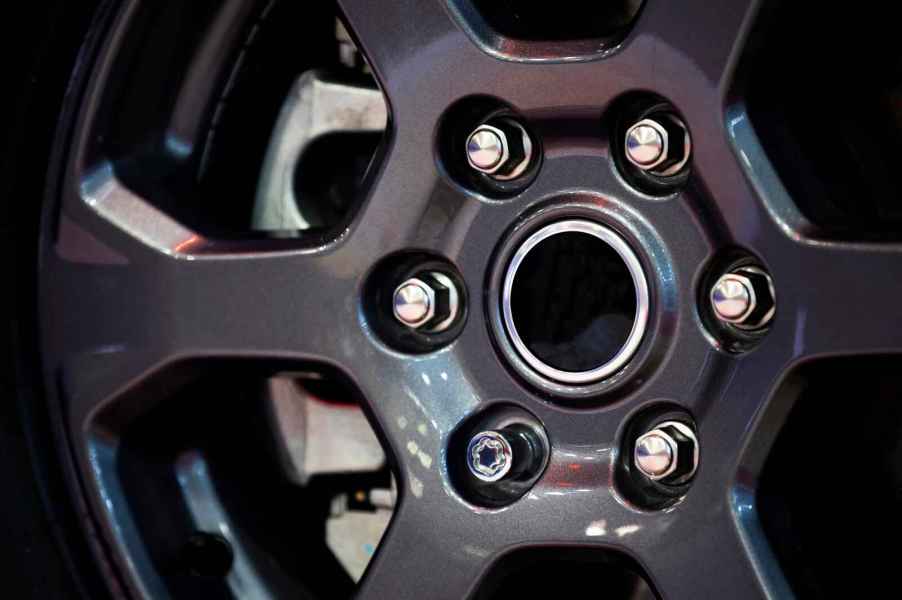
Next time you visit a mechanic, avoid committing one of the most frustrating offenses they constantly deal with
Royalty Auto Service recently shared a great tip for drivers looking to “make friends” with their local mechanic. The family-owned shop has two locations in southeastern Georgia and an admirable mission statement that includes “a genuine willingness to help people.” On the flip side, if you want to help your mechanic avoid one of the most frustrating aspects of taking care of customer cars, listen to shop owner Sherwood Cooke Jr. about your wheel lock key.
“It’s like an Easter egg hunt.”
In a recent reel, Cooke explains that one of the most frustrating things about working on cars is tracking down the wheel lock key.
Check out your car’s lug nuts. Does one of them look a bit different than the others? It might have a “squiggly” imprint. If so, your wheels have lug nuts that double as a lock. This is a theft deterrent requiring a special key to remove them.
A wheel lock key looks like a socket and is often stored in the vehicle’s glove box or trunk.
However, many folks either don’t know where the key is or have it hidden away in a random place not obvious to those of us in the industry. Moreover, if it is, by chance, somewhere “obvious,” a lot of drivers leave these compartments pretty cluttered or dirty. This forces techs to dig through your stuff…including trash…to find it. Thank goodness for nitrile gloves!
As a service writer for many years, I also encountered this problem frequently, and it’s certainly exasperating. At a minimum, having to track down the key prevents the shop from working on your car efficiently. This creates an appointment completion delay on your end…and time is money at a shop, too.
At worst — and this is the most expensive and frustrating scenario — the technician may need to remove the locks using tools that might damage the rims. This happens when service is absolutely required, like brake, steering, or suspension work, and the customer has zero idea where the lock is.
So, how can you help your mechanic find your wheel lock key?
Cooke says the best scenario is when the customer puts their wheel lock key in a clean cupholder and lets the service department know where it is at check-in.
The idea here is to take charge of your wheel lock key. Cooke makes a really good point: If you have a proper home for the key, when you get a flat, you won’t run into a massive obstruction to getting back on the road quickly.
I recommend keeping the key in a zip-lock bag and labeling it with your car’s year, make, and model. Store it in the glove box (please clean the glovebox out if you plan on telling the shop the key is in there), the center console, or the trunk (with the wheel accessories).



